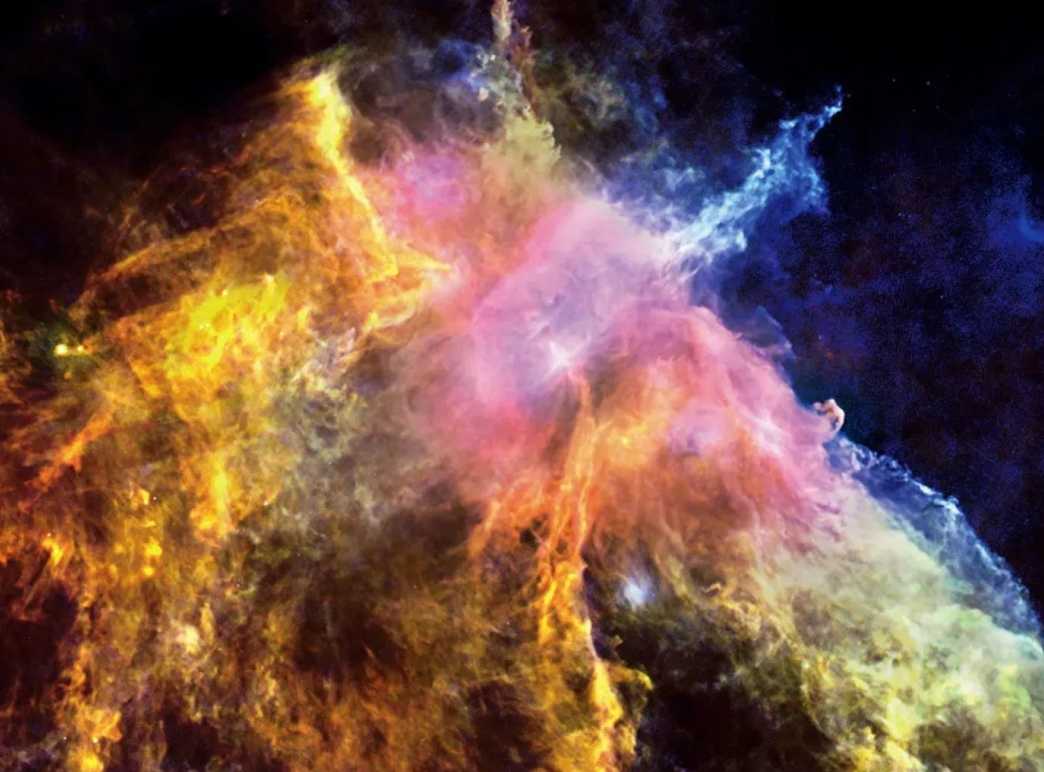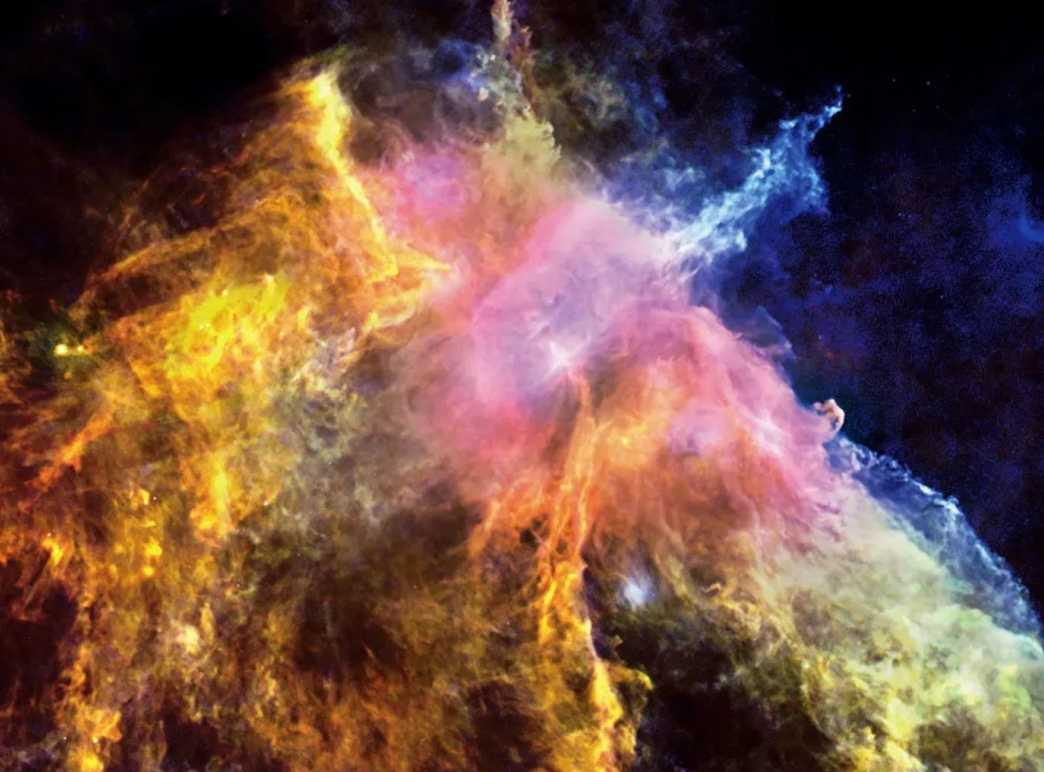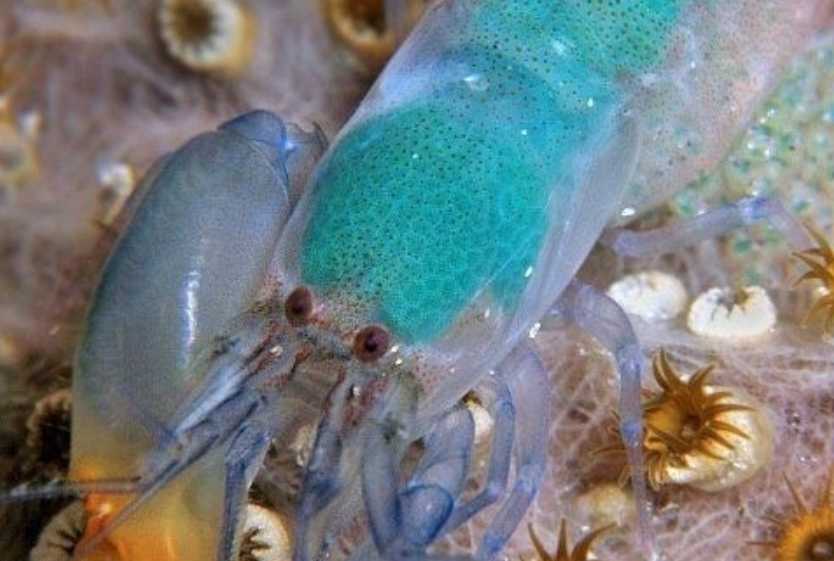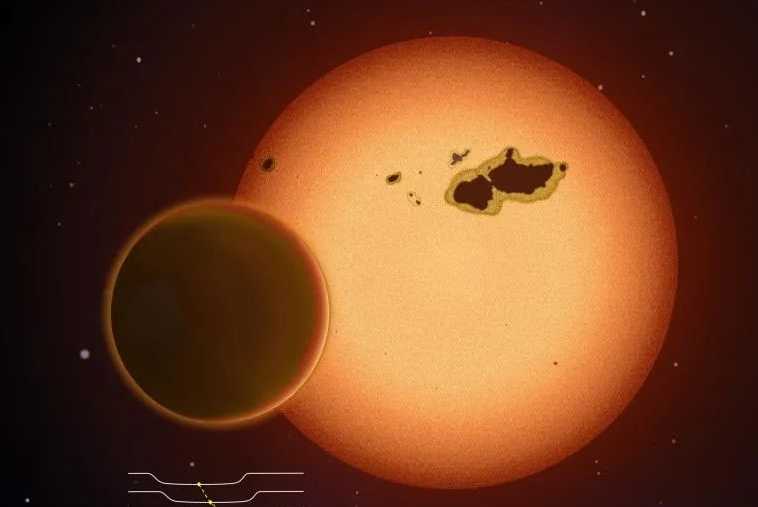Young Stars in Orion B Molecular Cloud Heat Up the Surrounding Dust
Deep within the vast expanse of our Milky Way galaxy, a cosmic drama unfolds in the Orion B molecular cloud. Located between 1000 and 1400 light - years from our Solar System, this region is a bustling nursery for new stars. Here, young, energetic stars are hard at work, heating the surrounding dust and creating a mesmerizing display of cosmic activity.

Source: Images from the Internet, if there is any infringement, please contact the removal of
The Orion B molecular cloud is part of the larger Orion molecular cloud complex, one of the most active star - forming regions visible in the night sky. The young stars within it, some still in the early stages of their formation, emit intense radiation. This radiation bombards the nearby dust particles. As the dust absorbs the energy from the stars, it heats up and re - emits the energy in the form of infrared light. This process is similar to how a piece of metal heats up and glows when placed near a fire. The result is a warm, glowing glow in the infrared spectrum, which can be detected by powerful telescopes on Earth and in space.
These young stars are often surrounded by disks of gas and dust, from which planets may eventually form. The heat from the stars not only makes the dust glow but also influences the dynamics of the disk. For example, it can cause the dust particles to move around, collide, and potentially start clumping together, a crucial step in planet formation. Some of the stars in the Orion B molecular cloud are so young that they are still accreting material from their surrounding disks, growing in mass as they consume the gas and dust around them. As they continue to evolve, these stars will have a profound impact on the molecular cloud, eventually dispersing some of the remaining gas and dust, and shaping the future of this stellar nursery.
-------- END --------






